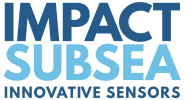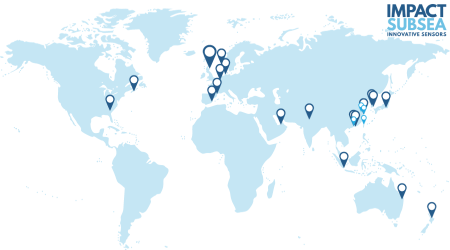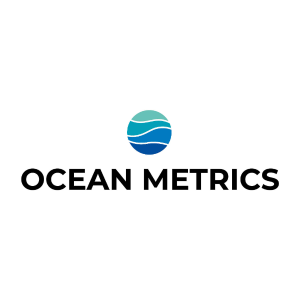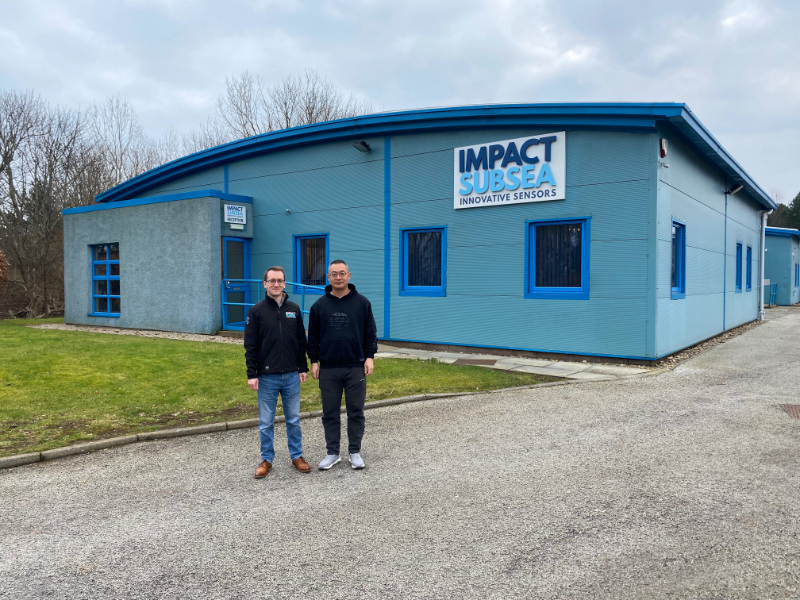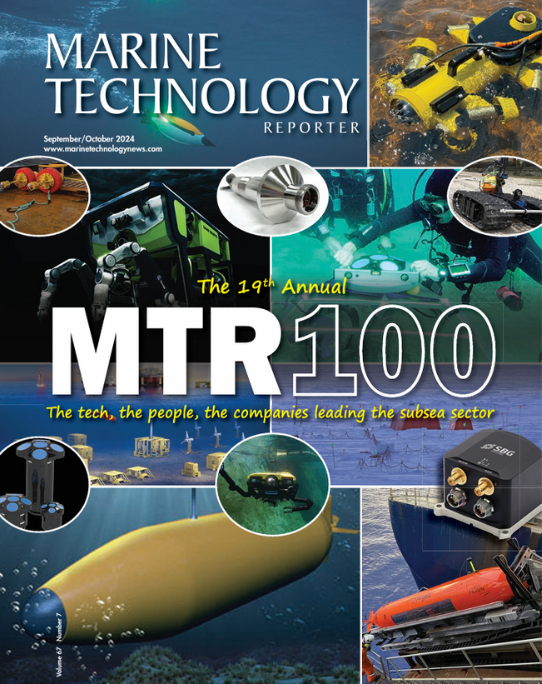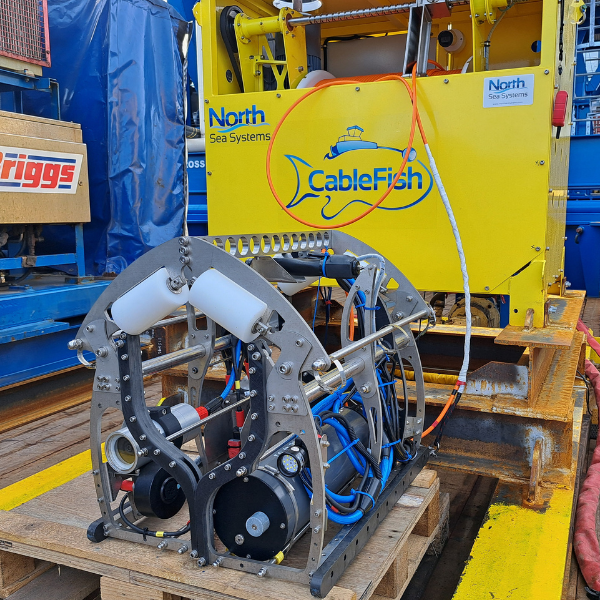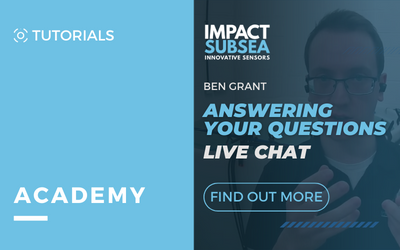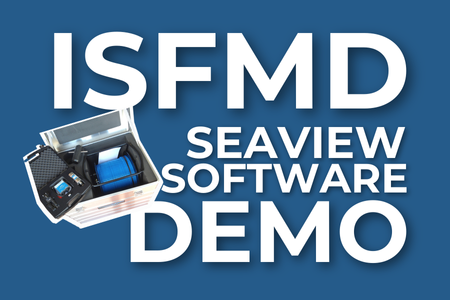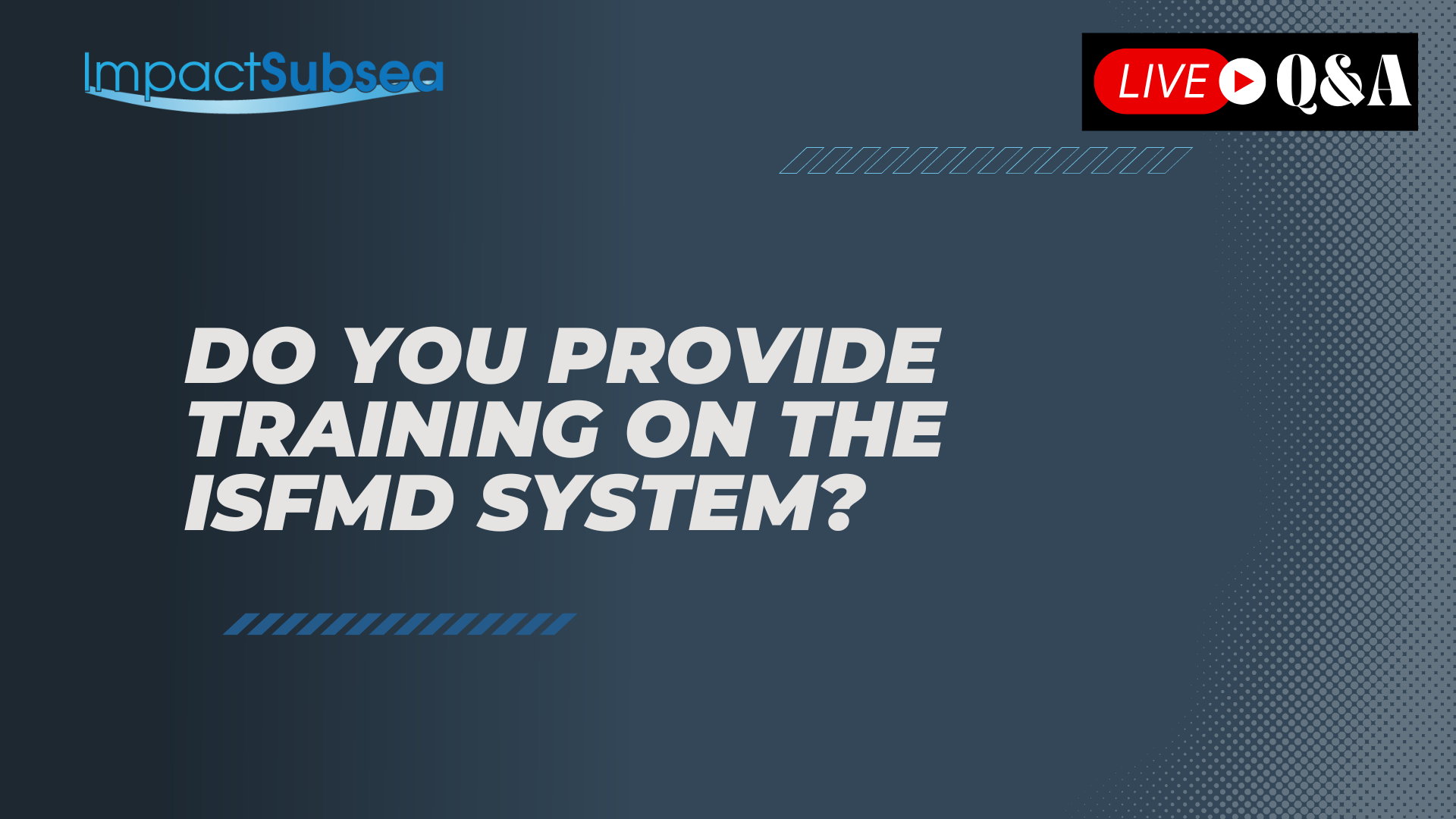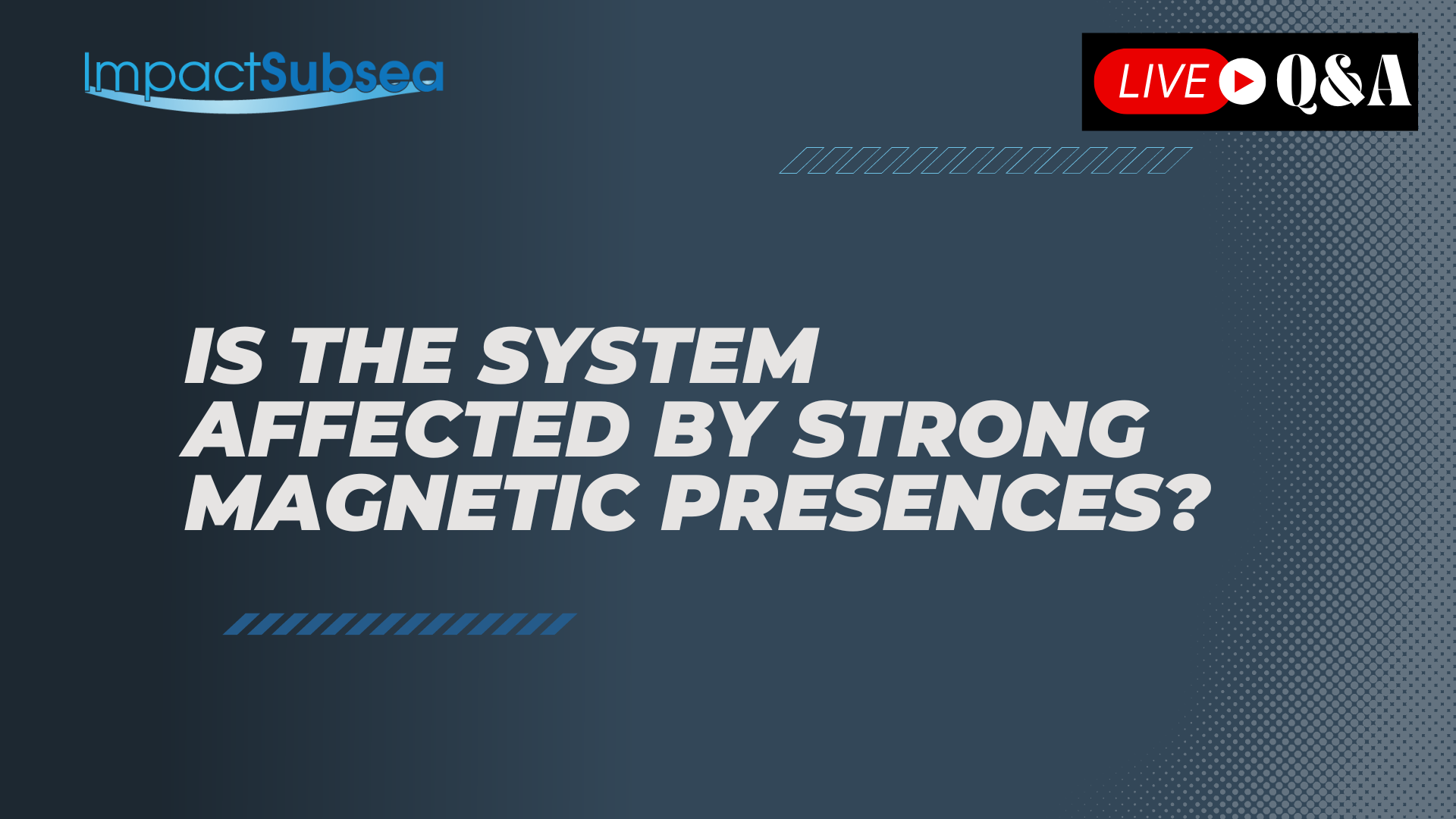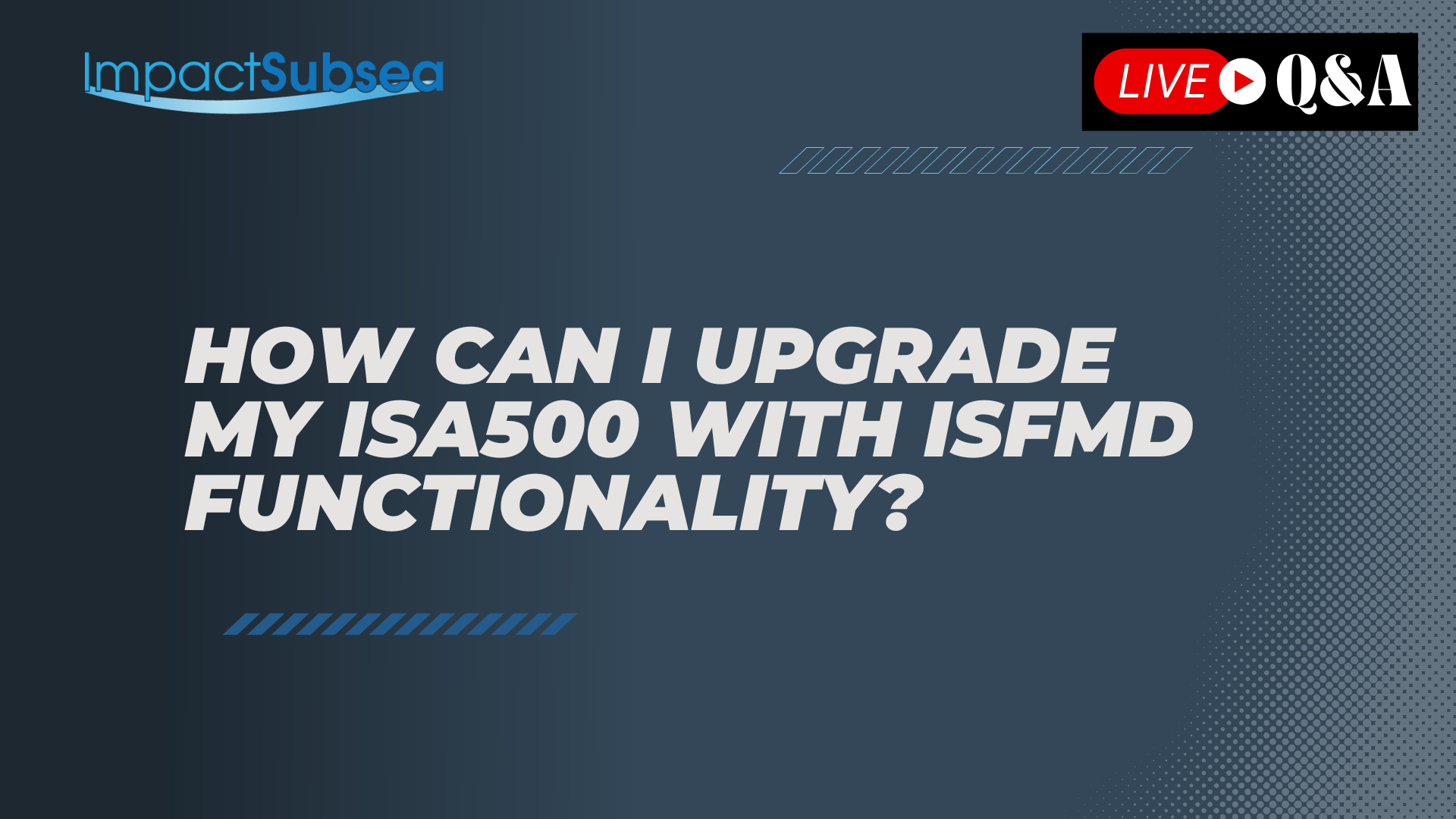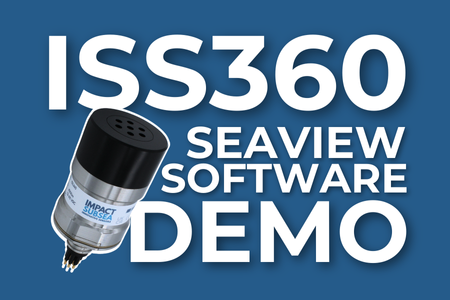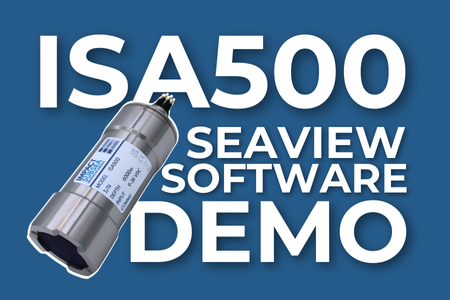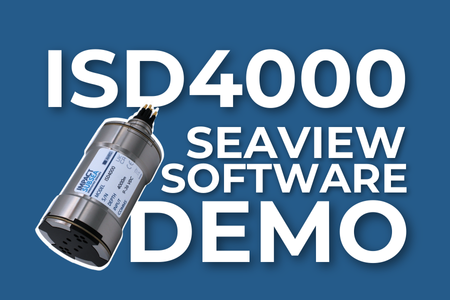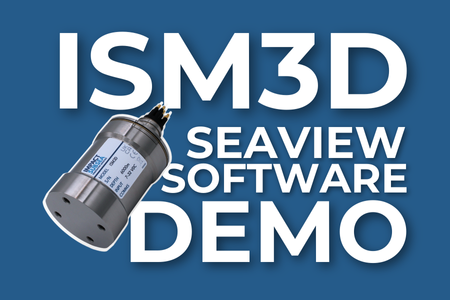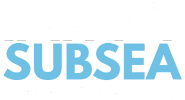ISFMD Introduction – Transcript
Our AUV / ROV Flooded Member Detection System is based around a single probe. That’s the probe in its housing there and it’s based on the ISA500 sensor at its core.
There’s a 500 kilohertz ultrasonic probe transmits acoustic pulse into the water and around about six degree conical beam and when you’re using it for flooded member detection work and you take the probe, you put it right up against the surface of the member and it will then transmit the force of sound into that member.
If the member is full of liquid the sound will travel through the member, hit the back wall of the member and be reflected back again to the probe at which point the probe picks it up as a return and it measures the diameter of the member. If that happens, then it’s classed as a flooded member.
If you put this up against a dry member, the sound is transmitted into the member and the 500 kilohertz signal very quickly attenuates and is absorbed by the air inside the member and it never hears any reflection coming back again.
The system is quite simple in principle. If it sends the sound in and it hears a sound coming back again, it assumes it’s flooded and it verifies this because the sound will take the required time to travel the diameter of the member and back again. It will report exactly the member diameter as the distance is measured.
If the member is dry, it will transmit sound in and it will hear nothing back so it’s quite simple in principle.
ISFMD Introduction – What’s supplied?
We supply the titanium probe and we also provide a holder here which is an acetal holder and two stainless steel bars. These can be used by a diver to hold the probe and push it up against the member or it can be used by a work class ROV for the manipulator to hold on to that and move the probe around.
If you’re using it on a smaller ROV the probe itself can come out of this holder and you can mount it directly onto the small ROV and just fly the ROV up against the member. Hold it against the member while you take a reading.
In terms of telemetry I’ve got a diver system here today so I’ve got the probe, the cable which runs back into this blue cable and the reel you can see there behind me. The reel then runs up to a top side interface box and then to a PC which is running our FMD software as can be seen in the background there.
ISFMD Introduction – Software
The software is very user-friendly, it’s really intuitive. In the top left hand corner you’ve got a little mimic of the probe. As I move the probe in real time you can see it on screen moving. This is quite useful, especially if you’re top side, working with the software and you’re coordinating the FMD project with a diver.
I could tell the diver; please put the probe at six o’clock position. You can see on the screen once it’s been correctly positioned. I can see it at any other position it’s at any one time.
In the middle of the screen, at the top you have the acoustic returns. If the probe pings into a member, it’ll show you any returns that come back there. On the right hand side, it automatically classifies the member as dry, flooded or part flooded. Part flooded is where you maybe put the probe up against a member, maybe underneath the member, it’s pinged into the member but it hasn’t read the entire member diameter but it’s got a return at a shorter distance so that might indicate that the member is just partially flooded and not fully flooded.
Down at the bottom, in the middle you’ve got your member set up. You can set up the member diameter and you can set up the speed of sound, the transmit power and things like that. The left hand side you have a list of members so you can preset a whole lot of members prior to starting the project then work through member by member taking readings.
ISFMD Introduction – If you have more questions please take a look at the other questions in the Impact Subsea Academy.
► OUR PRODUCTS ◄
► SUBSCRIBE ◄
► LETS CONNECT: ◄
► GET IN TOUCH ◄
EMAIL: info@impactsubsea.co.uk
PHONE: +44 (0)1224 460 850
